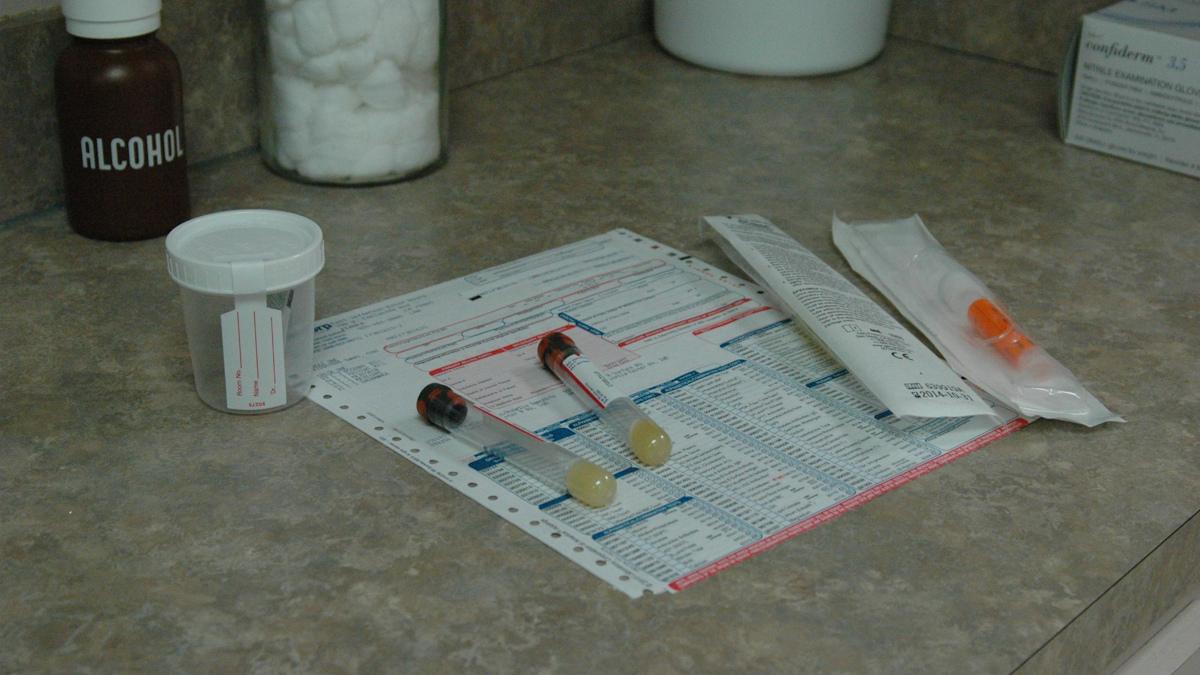FDA approves Roche's MRSA test, allowing for faster screening

The FDA has approved Roche’s MRSA test, a technology that could give healthcare providers the ability to detect infections faster than traditional culture-based tests.
Full name Methicillin-resistant Staphylococcus aureus, MRSA is one of the most notorious drug-resistant superbugs and can lead to serious illness and even death if a patient becomes infected.
According to the US Centers for Disease Control and Prevention, approximately 5% of US hospital patients carry the MRSA bacteria, although many of those that carry the bacteria do not develop infections.
Resistant to many common antibiotics, MRSA infections can be very difficult to treat and control.
Using active screening to detect MRSA colonisation and implementation of infection control measures has already helped to reduce rates of infection.
Developed by Roche Molecular Systems, the cobas vivoDx MRSA test uses a new bacteriophage technology based on bioluminescence to detect MRSA from nasal swab samples in as little as five hours compared to 24-48 hours for conventional culture.
The FDA reviewed data from performance studies in which the cobas vivoDx MRSA test correctly identified MRSA in approximately 90% of samples where MRSA was present and correctly identified no MRSA in 98.6% of samples that did not have MRSA present.
The cobas vivoDx MRSA test is intended to aid in the prevention and control of MRSA infections in healthcare settings and can be used to identify patients needing enhanced precautions for infection control such as isolation and additional decolonisation efforts.
The FDA reviewed the cobas vivoDx MRSA test through the de novo premarket review pathway, a regulatory pathway for low-to-moderate-risk devices of a new type.
The FDA is establishing special controls for tests of this type, including requirements relating to labelling and design verification and validation to address certain risks, such as false positives.
When met, the special controls, along with general controls, provide a reasonable assurance of safety and effectiveness.
Subsequent devices of the same type with the same intended use may go through another pathway allowing them to obtain clearance by demonstrating substantial equivalence to a previously approved device.













